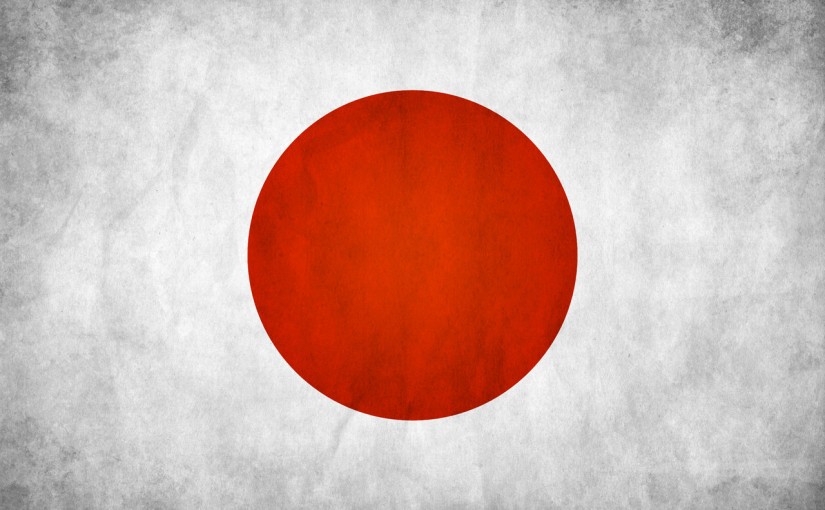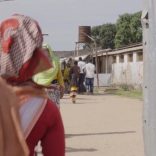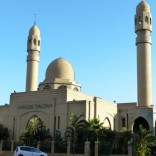MSF: Rise of violence is increasingly compromising access to healthcare in Cabo Delgado
Japan donates WFP US$5 million for drought relief – US$2.7 allocated to Mozambique

The Japanese government has donated five million US dollars to help the World Food Programme (WFP) provide food assistance between September and November 2016 to over 300,000 drought-affected people in the four worst affected countries in southern Africa.
Mozambique will receive the largest portion of this donation, with WFP using 2.7 million dollars for drought relief. In addition, WFP will spend 1.85 million dollars in Malawi, 250,000 dollars in Lesotho and 200,000 in Swaziland.
According to WFP regional director Chris Nikoi, “we deeply appreciate this generous contribution by the Japanese government at a moment when we urgently need to move huge amounts of relief assistance into drought hit areas – especially those which will be cut off when the rainy season starts”.
However, Nikoi lamented that the drought emergency operation has only received 20 per cent of the funding required to assist almost 12 million people across the region until next April.
According to a statement from WFP, Japan’s donation will allow WFP in Mozambique “to address persisting needs and significant funding gaps while supporting community efforts towards recovery, greater resilience and ultimately progress towards Zero Hunger”.
It added, “the drought response in Mozambique includes emergency school feeding to 100,000 children and treatment of moderate acute malnutrition to 51,000 children and pregnant and nursing women”.
The drought is mainly due to the strongest El Nino weather event to hit southern Africa in 35 years. El Nino is characterised by an abnormal warming of the surface waters of the Pacific Ocean and has a significant effect on weather around the world. The term was first used at the end of the 19th Century to describe a warm current off the coast of Peru at Christmas.
In Mozambique, El Nino is linked to the failure of rains during what is usually the wettest period – January to March. It has been blamed for the drastic food shortages in much of southern and central Mozambique in 2002 and for the severe drought which devastated the country in 1992. According to the relief agency CARE, nearly two million people in Mozambique are currently in urgent need of humanitarian assistance.
At the end of July, the Southern African Development Community (SADC) declared a regional disaster and launched an appeal for 2.4 billion dollars to assist the millions of people hit by drought.
The appeal was launched in Gaborone by SADC chairperson Ian Khama (who is also President of Botswana), in the presence of representatives of SADC member states, the United Nations, humanitarian organisations, and international aid partners.
Khama detailed the size of the problem: “the 2016 regional food security and vulnerability assessments indicate that the number of food insecure people in the region is about 40 million, which is about 14 per cent of SADC’s total population”.
Of this number, an estimated 23 million people are in urgent need of humanitarian assistance.
2016 was the second year in a row that the region has suffered from drought, and Khama noted that the region was “largely able to cope with the drought in 2014/15 through its own means”. However, he stated that the severity of the drought of 2015/16 had overwhelmed the disaster preparedness capacity in most of the affected countries.
The SADC appeal aims to address immediate humanitarian needs as well as long-term developmental and resilience-building requirements.
In response to the appeal, the United States pledged 300 million dollars, whilst the United Kingdom and the European Union pledged 72 million pounds and 60 million euros respectively.
Six SADC states have declared national drought emergencies – Botswana, Lesotho, Malawi, Namibia, Swaziland and Zimbabwe. In addition, South Africa has declared an emergency in eight of its nine provinces.
In April, Mozambique declared a 90-day institutional red alert, the highest state of disaster alert, in the southern and central provinces. Data for the 2015-16 agricultural campaign show a harvest of 2.39 million tonnes of grain – a decline of 4.8 per cent on the 2015 harvest of 2.51 million tonnes. The poor harvest was mainly due to the drought, although storms and flooding in the north of the country also contributed to crop losses.












Leave a Reply
Be the First to Comment!
You must be logged in to post a comment.
You must be logged in to post a comment.